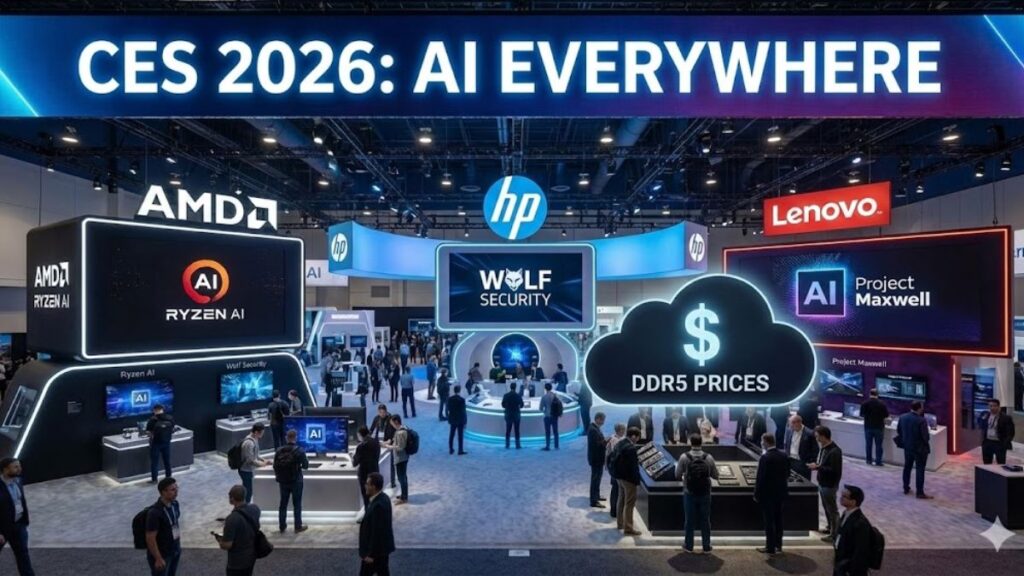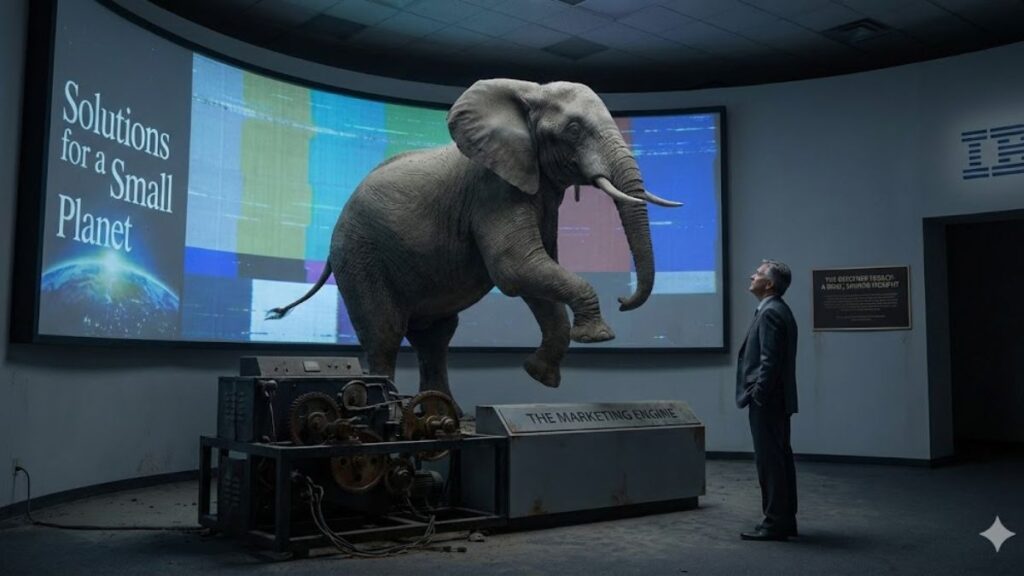Everyone is currently learning how to train and deploy AI. Companies like NVIDIA provide the core technology as well as some direction given its multi-decade-long path to achieving AI dominance. But its strongest competency is in collaborating with companies like Databricks that, in turn, provide more focused expertise and greater industry depth when it comes to deployments.
This is why this latest move to strengthen the partnership between Databricks and NVIDIA is so important because it takes a company more focused on the needs of the end AI user to bring the solution together.
The Problem with a New Disruptive Technology
The issue with any new disruptive technology, and AI in particular, is that early on, few companies have deep knowledge about it, and even fewer have the industry knowledge needed to effectively deploy this technology. Typically, the result is that a lot of companies rushing to deploy the technology struggle to pick a supplier and then run into serious problems during the deployment because both the company having the work done and the company doing the work are learning on the job.
This becomes not only very expensive but has a high probability of failing. One of the reasons for these failures is that these projects are undertaken as data projects rather than application-driven or functionality-driven projects. Thus, the goals and milestones are mis-set, and even if the parties are experienced, these mis-set goals result in failures.
This is why you need to work with a company like Databricks. It has experience with projects at enterprise scale and can advise on both the technology and the approach to be used to properly scope the project and set an adequate budget. One of the early significant AI problems was that the budgets were massively underset because the cost of the training was not yet well known. This cost problem has been offset not only by experience but also by the expanded use of existing LLMs applied to new workloads.
But which LLMs? If you need someone to work with that has deep data and AI knowledge, there are few companies more capable than Databricks.
Why Databricks?
The Databricks platform has two primary parts: the infrastructure used to define, configure, deploy and manage their platform, and the customer-owned infrastructure that is collectively managed between the client company and Databricks.
Experts in cloud infrastructure, which is where most of the AI work is done, Databricks is known for working with data-centric companies, which makes them ideal for working with data-centric technology like generative AI. This inherent capability allowed it to ramp more quickly into the AI space using its existing experience with enterprise-class storage, data management, security, and cloud computing integration to become one of the powers in AI deployments.
NVIDIA Adds the Special Sauce
NVIDIA is currently the leader in AI due to Jensen Huang’s unique, multi-decade focus on creating technology broadly. NVIDIA doesn’t just have expertise in corporate AI but in autonomous cars, robotics, automated factories, smart offices and personal digital assistants, as well. It was the supplier of the core hardware that enabled ChatGPT and is at the center of every major successful AI deployment. In combination with Databricks, the resulting potential solutions have both the underlying capabilities and collective knowledge of the technology and how best to deploy it that is currently unmatched in the market.
Wrapping Up
Once in a long while, two companies come together in a partnership that has the potential to create a total that is greater than the sum of the parts. NVIDIA’s core knowledge of AI is unmatched, and Databricks’ practical knowledge of how to create and deploy large data projects using both cloud and local resources is equally advanced. Between the two companies, they have the capability, if used correctly, to best assure AI projects are adequately budgeted, effectively planned, properly executed, and become a credit to the team and company that has deployed them. This last is the most important, given how many projects appear to be failing at the moment.
- CES 2026: The Year AI Got Real, Lenovo Owned the Vision, and Memory Prices Broke the Bank - January 13, 2026
- The Gerstner Legacy: How Marketing Saved IBM and Why Tech Keeps Forgetting It - January 2, 2026
- The Silicon Manhattan Project: China’s Atomic Gamble for AI Supremacy - December 28, 2025




Comments are closed.